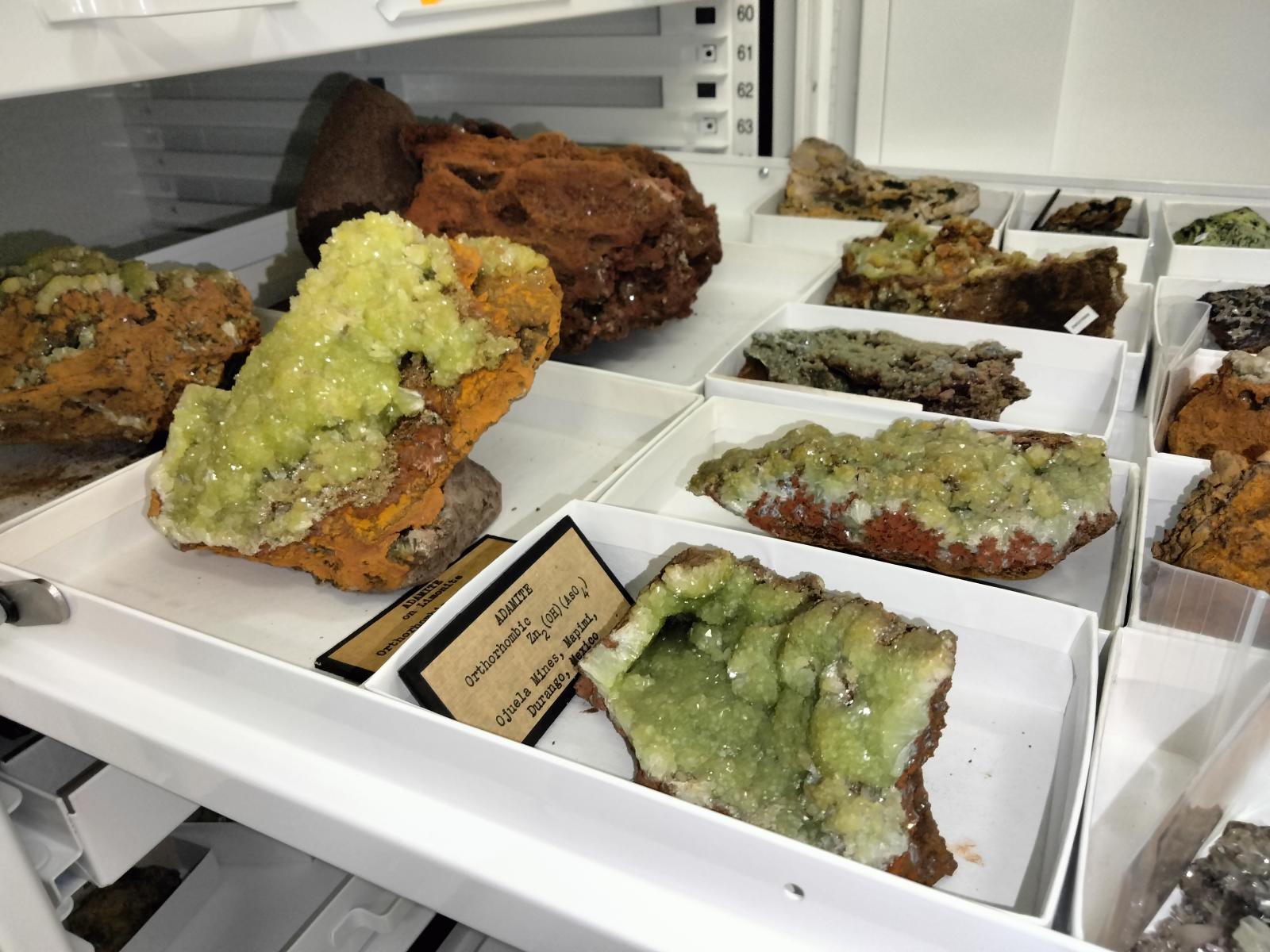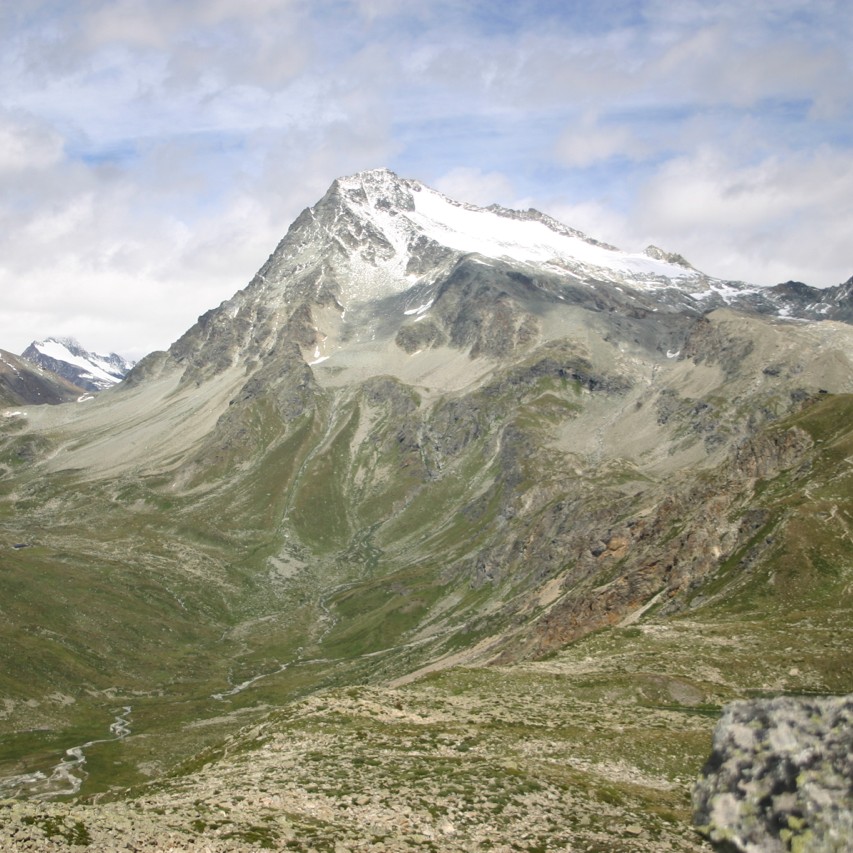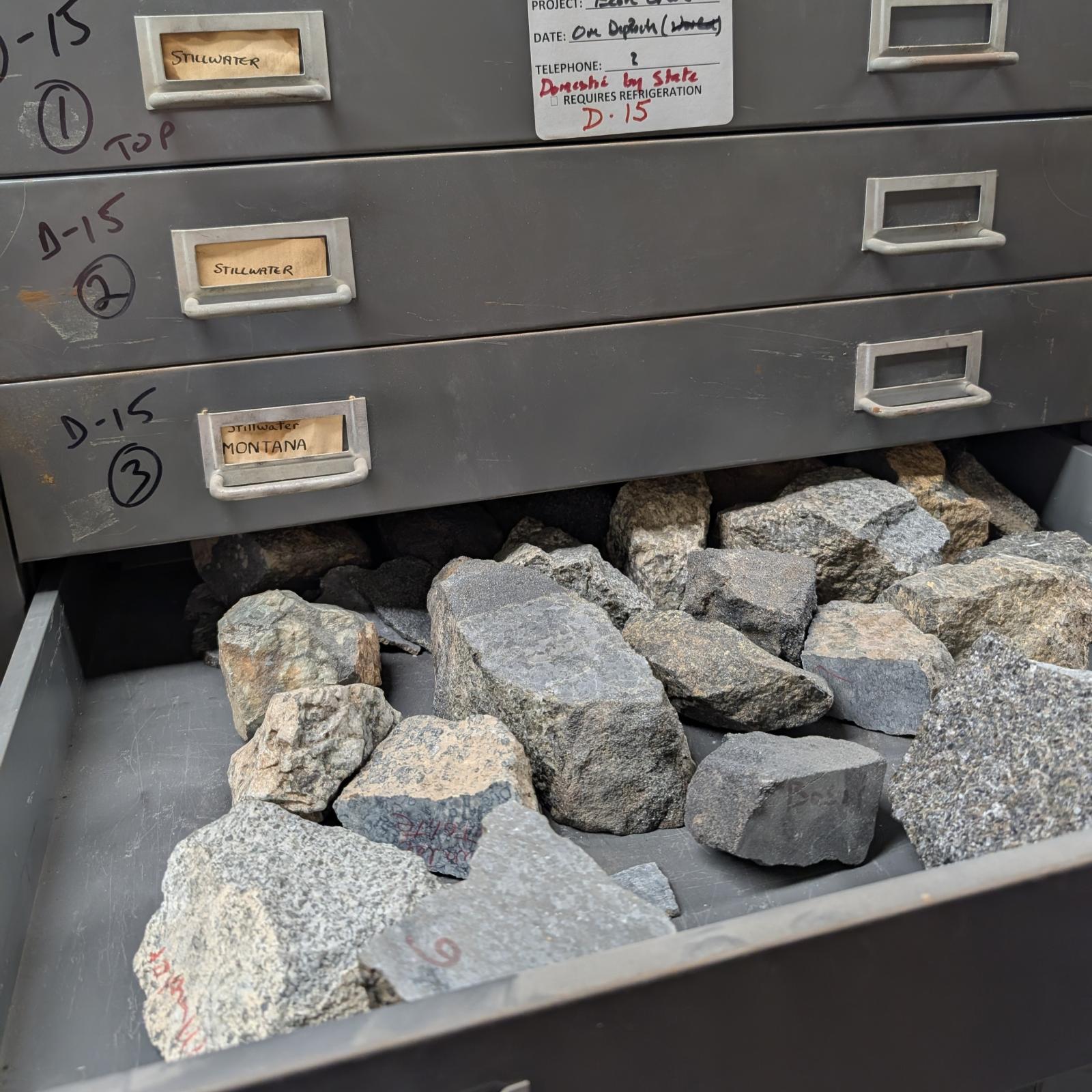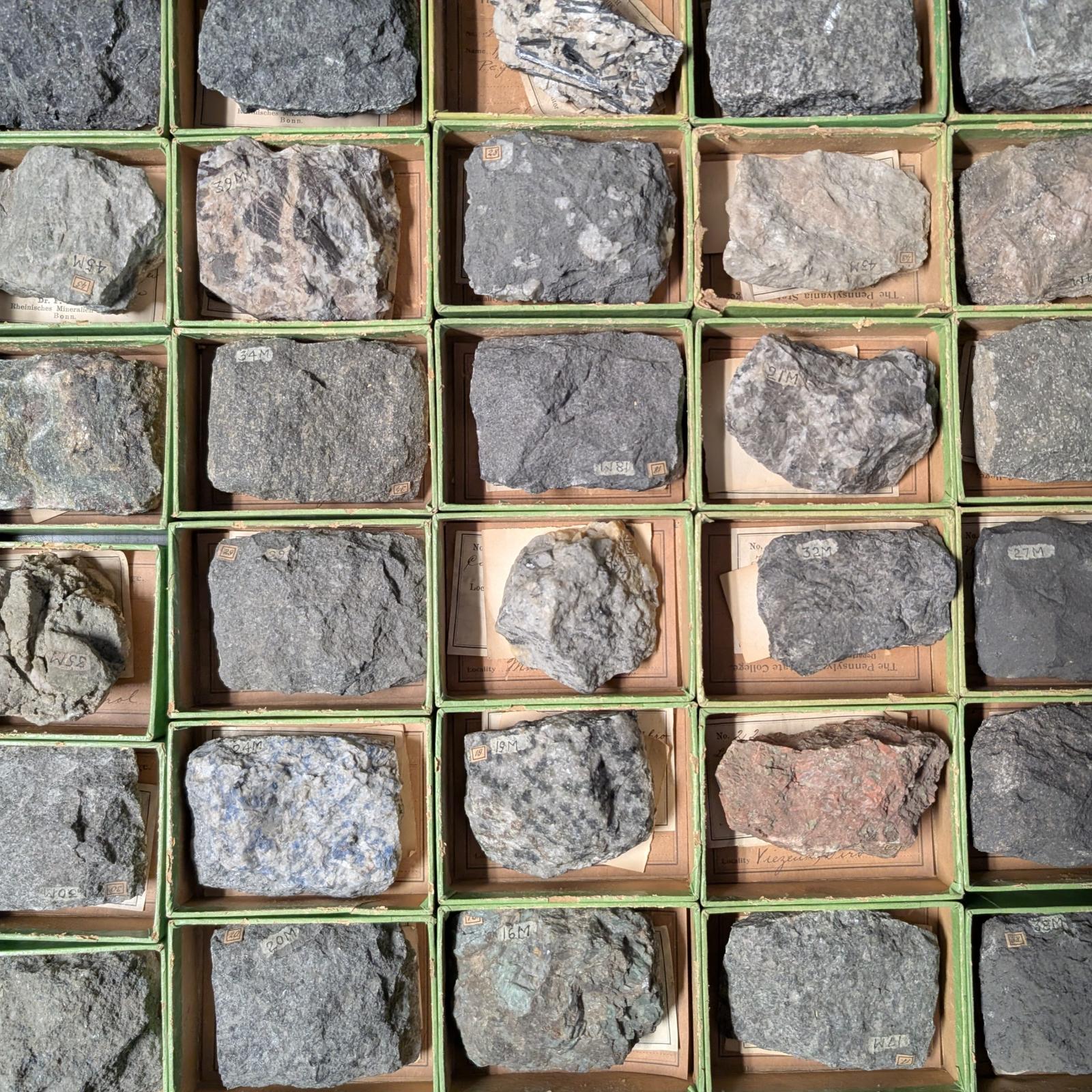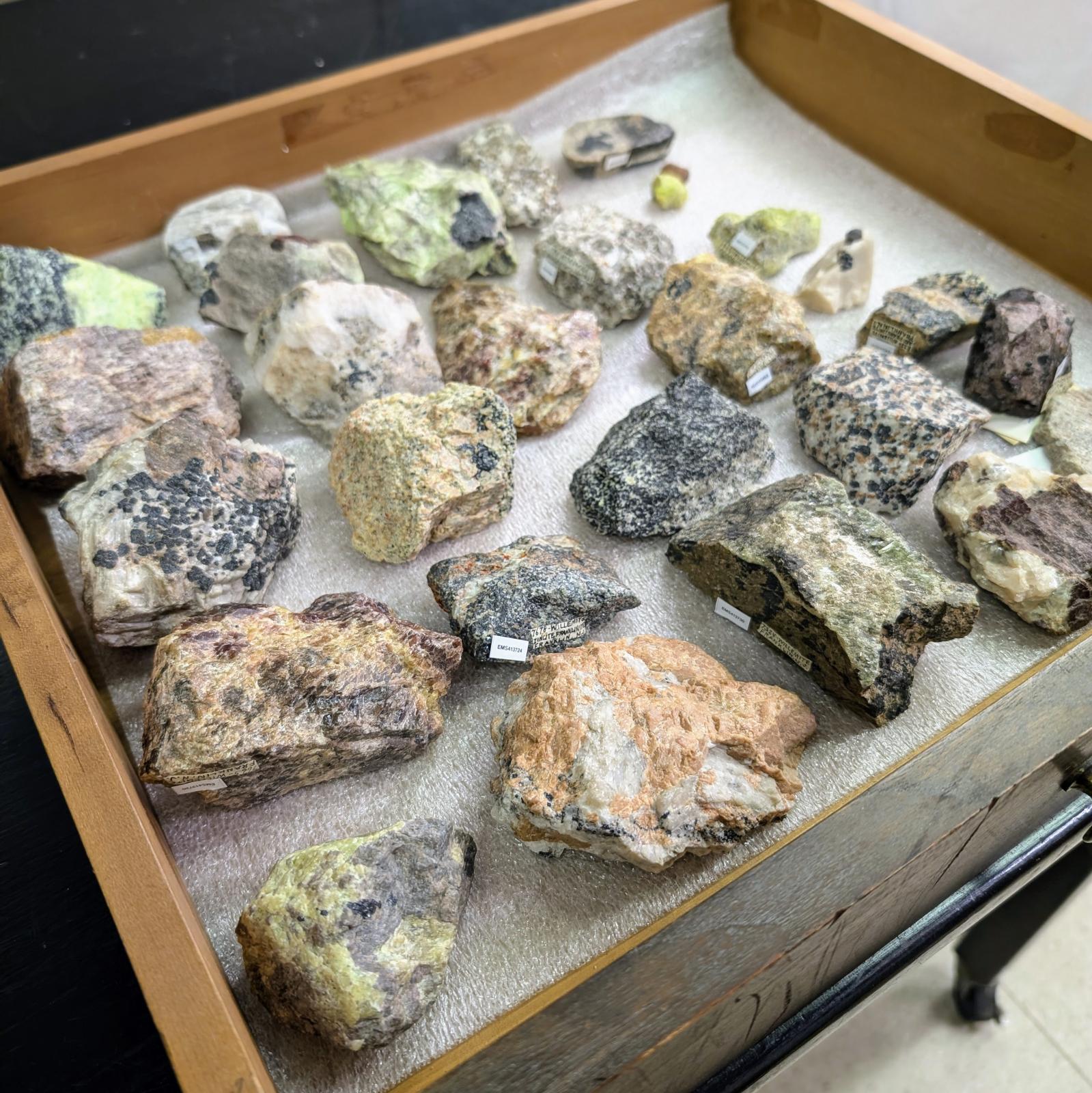Physical specimens and samples are a critical part of research and training in geosciences and related disciplines. As field-based scientists, we often collect specimens to better understand earth systems. Hand samples, sediment and rock cores, thin sections, field notes and photographs–these are the physical vouchers of field research that are often further sub-sampled and analyzed in laboratory settings to piece together our understanding of the world. Where do these specimens go after the research is complete and the papers are published? They are the raw data of earth science research. As such, they are incredibly important to reproducible science. They are also key to connecting data to physical specimens in educational contexts.
The research and educational potential of these collections is immense. Samples come from deposits all over the world, from mines that are often historically important but are often no longer accessible. Individual specimens voucher historic EMS research. Published sample numbers align with physical specimens in drawers. Specimens can be made available for teaching, and align with authentic, specimen-based training in earth sciences research.


